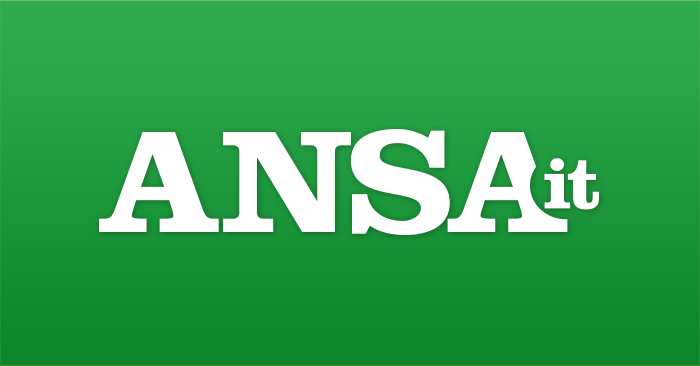Nothing will ever be the same again. Putin’s war in Ukraine is destined to alter the geopolitical balance and global chessboard that we knew a little over a month ago, before Russian tanks and missiles announced a war in the heart of 20thcentury Europe. Many changes are already underway, others are partly foreseeable, still others will surprise us in the coming months and years. It’s easy to see what’s happening in Europe. The future is already here among us: the strong rapprochement between the United States and the European Union after years of tiring relations, the strengthening of NATO, which now has meaning and horizons again after the “brain death seen by Macron, the decisive step towards a common foreign policy and the creation of a common defense identity, provided that European leaders do not fall back into one of those amnesias that hit them cyclically.
These are steps that were thought to take years and are instead happening before our eyes in a matter of weeks. But if we broaden our horizons, we can understand how Putin’s war is destined to transform diplomatic relations and alliances in all parts of the world.
Against its will, China is at the center of these innovations. Beijing has maintained a deliberately ambiguous position but is already planning steps for the next few years. The recent strengthening of ties sought by Putin and Xi has not been denied. But China avoids explicitly condemning Moscow while continuing to say it believes in dialogue and respect for states’ territorial integrity and sovereignty. Beijing fears that the postsanctions economic crisis could hurt its projectcentric expansionism in the “New Silk Road.” On the other hand, globalization as we know it so far will change rapidly, and the interdependence and interdependence of the world economy will certainly suffer significant setbacks.
China will not subject itself to war and meanwhile prepare the ground for new alliances. Foreign Minister Wang recently traveled to India for the first visit since the 2020 clashes at the Himalayan border that prompted a rapid deterioration in relations between the world’s two most populous countries. Now, given the new problems, everything seems almost forgotten. Possibly together. China and India import energy from Russia, and 50 percent of India’s armaments come from Moscow. The West therefore fears that in the medium term an alliance could emerge between India and China that winks at Russia. It would be a crazy scenario that would split the world between two fronts again with a new form of Cold War. This time, however, it would no longer be Moscow at the head of the Eastern Front, but Beijing.
But it would also be a scenario that would partially run counter to Chinese interests: where would trade with the US and Europe end for a country that is wholly or almost exclusively focused on international trade? The new global geopolitical structure of the next few years will also and especially emerge in Beijing’s decisions and in the answer to this question that we may have in a few months.
To understand how Putin’s war is changing the world, one can also look to Latin America, where Argentina and Brazil have been very reluctant to condemn the Russian invasion and instead consider replacing Moscow and Kyiv in exporting corn to world markets. Buenos Aires and Brasilia are the second and third largest corn producers in the world, respectively, and are now looking at the war from a different perspective. Donbass seemed far away a month ago. Well, out of the war born in this small region are emerging the global changes that will build the world of tomorrow. And Putin wanted to change history by giving the green light to his tanks. And it’s happening, but not in the direction he wanted.

